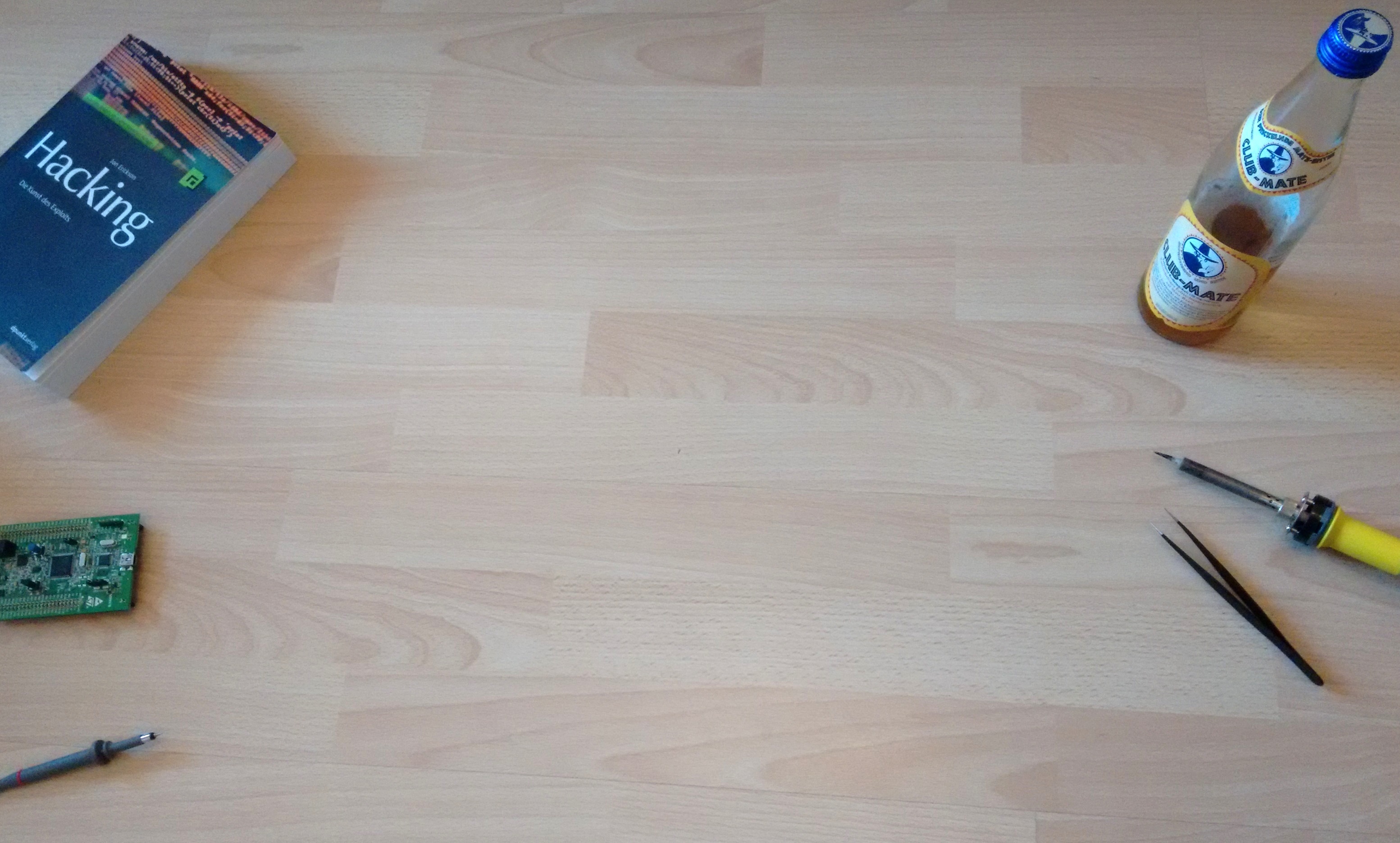Simple Binary Viewer
With this simple Python script it is possible to view a binary file in different styles. This is also possible for example with the Linux tool hexdump. Nevertheless it is sometimes necessary to have this code in an own tool.
$./binaryview.py | less ADDRESS | BIN | HEX | ASCII -----------+-------------------------------------+-------------+--------- 0x00000000 | 00000001 00000000 00000000 00000000 | 01 00 00 00 | . . . . 0x00000004 | 01010100 01010000 00101101 01001100 | 54 50 2d 4c | T P - L 0x00000008 | 01001001 01001110 01001011 00100000 | 49 4e 4b 20 | I N K . 0x0000000c | 01010100 01100101 01100011 01101000 | 54 65 63 68 | T e c h
To use this script create a file for example binaryview.py and add the script content below. The standard name of the ibnary file is test.img, which can be changed in the Python script.
#!/usr/bin/env python
import string
imgname ="test.img"
addresscnt = 0
print "ADDRESS | BIN | HEX | ASCII"
print "-----------+-------------------------------------+-------------+---------"
with open(imgname, 'rb') as f:
for chunk in iter(lambda: f.read(4), b''):
byte0 = chunk[0]
byte1 = chunk[1]
byte2 = chunk[2]
byte3 = chunk[3]
print "0x" + hex(addresscnt)[2:].zfill(8) \
+ " | " \
+ bin(ord(byte0))[2:].zfill(8)+ " " \
+ bin(ord(byte1))[2:].zfill(8) + " " \
+ bin(ord(byte2))[2:].zfill(8) + " " \
+ bin(ord(byte3))[2:].zfill(8) \
+ " | " \
+ hex(ord(byte0))[2:].zfill(2) + " " \
+ hex(ord(byte1))[2:].zfill(2) + " " \
+ hex(ord(byte2))[2:].zfill(2) + " " \
+ hex(ord(byte3))[2:].zfill(2) \
+ " |",
if ord(byte0) > 32 and ord(byte0) < 128:
print byte0,
else:
print ".",
if ord(byte1) > 32 and ord(byte1) < 128:
print byte1,
else:
print ".",
if ord(byte2) > 32 and ord(byte2) < 128:
print byte2,
else:
print ".",
if ord(byte3) > 32 and ord(byte3) < 128:
print byte3
else:
print "."
addresscnt = addresscnt + 4
After that it can be executed and for exampled piped into less.
./binaryview.py | less


Leave a Reply